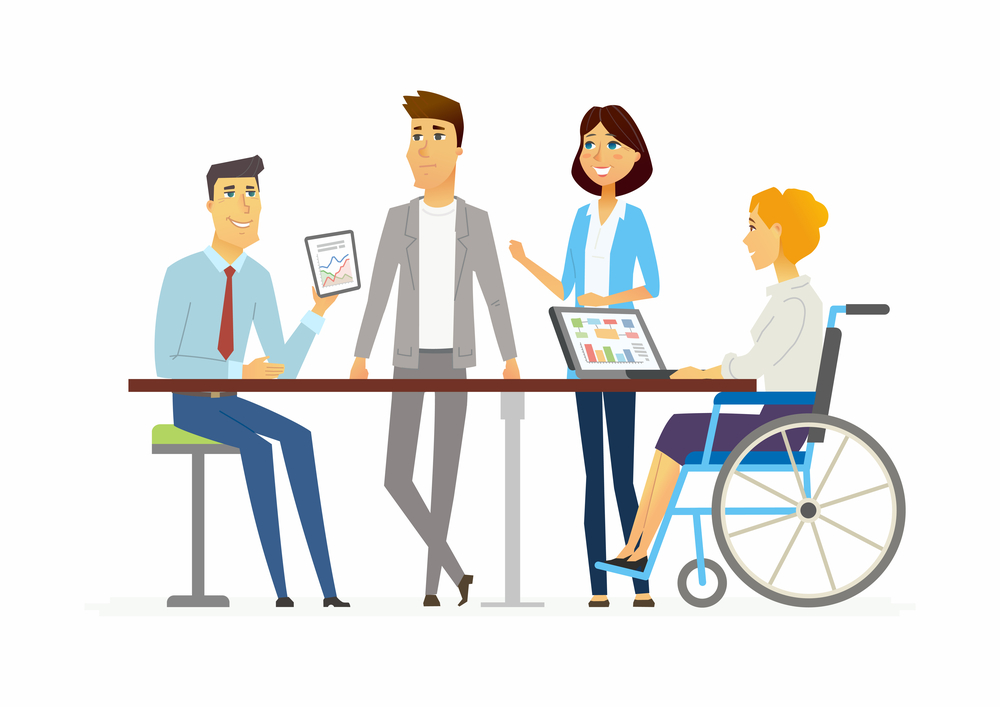As a child, I was often ashamed of my disability.
I fell into the “bitter cripple” stereotype. I didn’t want to be around people with intellectual disabilities because I thought I would be more independent if I ran away from the community rather than toward it. I shunned disability culture.
Fast forward 15 years, and I was performing in a theatre show with Listen to Dis’ Community Arts Organization, Saskatchewan’s only disability-led disability arts non-profit. (It’s an organization that I worked for and now consult with.)
We were already on stage. Then, the door behind me opened. A group from a local disability support organization had arrived late. In many performance spaces, this wouldn’t fly – a metaphorical record scratch.
Not so here. I snuck my hand behind my back and waved them in. They sauntered through the stage area, and we carried on.
Later in the show, two of my castmates made a loud noise and I fell down. It was scripted – imitating what happens when I spasm as someone who has cerebral palsy.
On this particular day, one of the audience members in the front row spasmed, too. The two of us shared a knowing nod, I made a joke, and we, again, carried on. It’s an example of how accessibility can be built into art in the same way relaxed performances or subtitling are.
This experience exemplified what disability culture is to me: moments of validation and connection that allow us to see our identities not just in medical terms, not in terms of what society says we’re lacking, but as a kinship built on shared lived experiences.
For disabled people, many of those shared lived experiences are frustrating, like the fact that Ontario’s flagship accessibility legislation is still falling short nearly 20 years after it was passed; that disabled women are significantly at risk of intimate partner violence; or the multiple barriers to disabled people entering the medical field
But disability as a culture is much more than shared trauma. It’s the “shared community knowledge, traditions and art of the disability community” – or at least that’s how I defined it for The Canadian Encyclopedia. It encompasses matters of identity, like how to understand yourself as disabled; how to build community; and how we recognize disability, like celebrating Disability Pride Month each July.
There isn’t just one definition of disability culture. There are differences across disabilities – like the Deaf community – regions, races and other cultures.
Disability culture dates back decades. For example, Frida Kahlo painted the back brace she needed after a bus accident in the 1920s. Putting her disability on display by incorporating it into her art helps other disabled people, like me, see themselves in that world.
More recently, Canada has seen the development of entire arts companies, like Vancouver’s Opera Mariposa, Winnipeg’s Sick and Twisted, and Regina’s Listen to Dis, led by disabled people. There’s even a website dedicated to this movement across the globe: DisabilityArtsInternational
More than offering opportunities for disabled people to work on content that, sometimes, is also about disabilities, these organizations are province- and nation-wide beacons indicating to disabled people that their knowledge and their culture is valued.
Disability culture extends beyond the art world. To draw from my time playing with parasport athletes across the country in my teens and early twenties, we understand that when we put on a Team Canada jersey, we are not only representing the maple leaf, we are also putting on display our particular form of disability culture for the world. Wheelchair rugby, for instance, is a Canadian heritage sport.
Disability culture isn’t asking us all to put on capes and be superhuman; it’s encouraging us to identify and celebrate the estimated 1.3 billion people worldwide who are disabled. Seeing disability as a culture reinforces that it’s something you are a part of – not something that is just happening to you – and that leads people to connect.
Despite these examples all around us, disability still isn’t talked about as a culture very often. Sometimes, that’s because disability is awash in someone’s multiply-marginalized identity; sometimes it’s because people are fearful of the label; and sometimes it’s simply a lack of knowledge.
But naming disability culture can pay big dividends. For example, when you understand Deafness as a culture, you don’t see sign language or captioning as ‘nice to have,’ you see them as non-negotiable parts of helping people to connect. When you see disability as a culture, you might be more willing to install braille on your restaurant’s menus or provide a sensory space in your arts venue.
Regardless of its form, disability culture is a way of showing we are worthy of care and worthy of preservation.
“We must leave evidence. Evidence that we were here, that we existed, that we survived and loved and ached,” writes Mia Mingus, a disabilities and transformative justice advocate, on her blog. “Evidence for each other that there are other ways to live – past survival; past isolation.”
For most people, becoming disabled is inevitable. We don’t have to be out and proud, but that doesn’t mean we can’t connect with disability culture in our own ways. So, it’s a good idea to inform yourself now about disabled people and cultures in your community. It’ll pay off: disability culture allows us to understand how to enter into disabled life with more support and self-compassion.
Source: CBC

